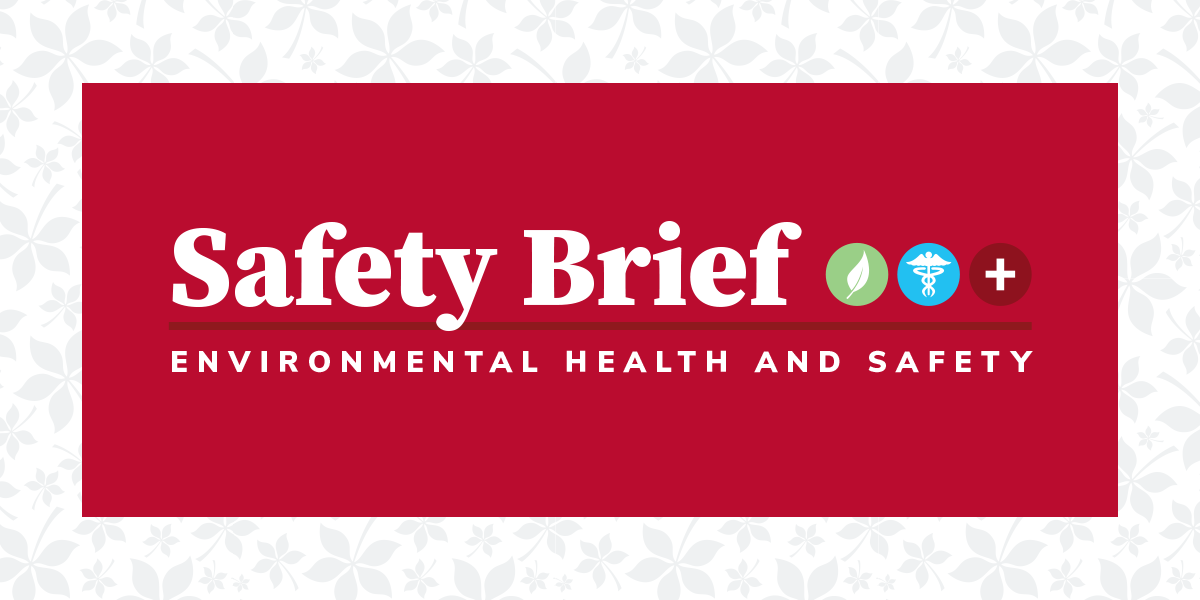Heat Check
How heat index affects the body
Known as the “feels-like” temperature, this takes into account both air temperature and humidity. It reflects how hot it actually feels to the human body. Refer to the heat index temperatures below for guidance.
Temperature zones:
Danger (>95°F)
- Conditions are dangerous! Heat-related illness can develop faster and be more serious.
Warning (85-90°F)
